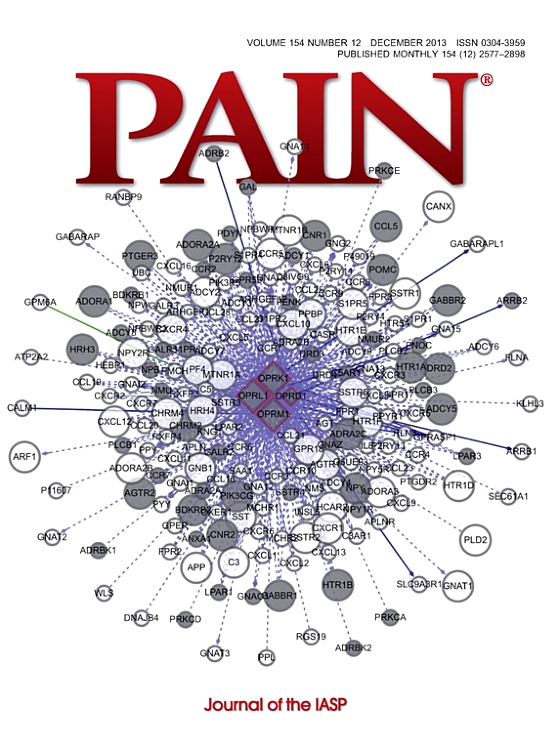利用技术提高初级保健提供者在以人为本的疼痛护理方面的技能。
IF 5.5
1区 医学
Q1 ANESTHESIOLOGY
引用次数: 0
摘要
迫切需要提高初级保健提供者的技能,以便能够及时为患有疼痛的儿童、青年和成人提供高质量的护理。作为持续专业发展的一部分,利用技术有可能增加疼痛教育的可及性。在本文中,我们重点介绍了两种数字化教育策略——社区医疗保健成果项目扩展(同步)和电子学习疼痛培训(异步)。教育和研究的新兴领域也得到了强调,包括混合同步和异步疼痛教育;使用人工智能工具创建个性化和引人入胜的电子学习体验;消费者作为合作伙伴参与数字化疼痛教育的开发、实施和评估。本文章由计算机程序翻译,如有差异,请以英文原文为准。
Leveraging technologies to upskill primary care providers in person-centred pain care.
There is a critical need to upskill primary care providers to enable timely high-quality care for children, youth, and adults living with pain. Leveraging technologies has the potential to increase accessibility of pain education as part of continuing professional development. In this paper, we highlight 2 digitally enabled education strategies-Project Extension for Community Healthcare Outcomes (synchronous) and eLearning pain training (asynchronous). Emerging areas of interest for education and research are also highlighted including blended synchronous and asynchronous pain education; the use of artificial intelligence tools to create personalised and engaging eLearning experiences; and consumers as partners in the development, implementation, and evaluation of digitally enabled pain education.
求助全文
通过发布文献求助,成功后即可免费获取论文全文。
去求助
来源期刊

PAIN®
医学-临床神经学
CiteScore
12.50
自引率
8.10%
发文量
242
审稿时长
9 months
期刊介绍:
PAIN® is the official publication of the International Association for the Study of Pain and publishes original research on the nature,mechanisms and treatment of pain.PAIN® provides a forum for the dissemination of research in the basic and clinical sciences of multidisciplinary interest.
 求助内容:
求助内容: 应助结果提醒方式:
应助结果提醒方式:


